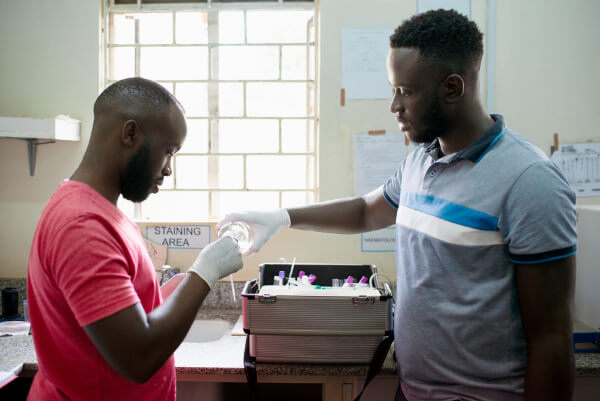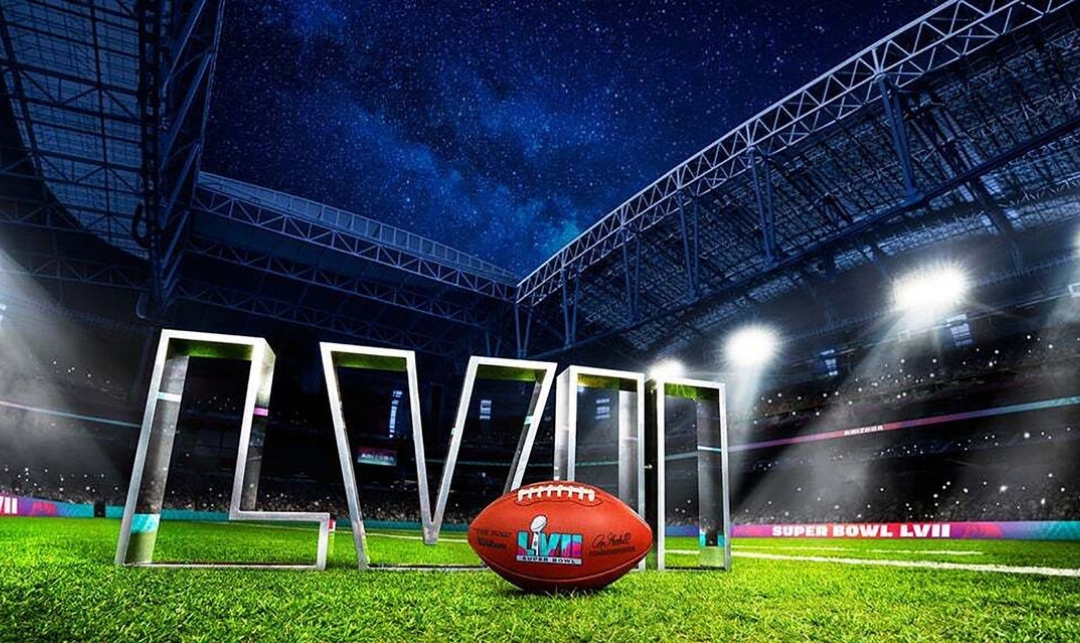Super Bowl Sunday is the single most viewed (and most expensive) day for advertising. In recent years, these ads have been used as a vehicle for brands to amplify their impact work. We got curious, and began exploring: With countless companies incorporating cause-related efforts into their spots, which ads represent the real deal, and which ones are simply “good washing”?
After Super Bowl LIV and Super Bowl LVI, I played Monday morning quarterback by grading all the cause-based commercials, digging into which brands got it right and which ones fumbled.

Mary J. Blige in Hologic’s Super Bowl ad
Since I started doing this analysis, by far the best Super Bowl cause-based ad has been Hologic’s Real Love campaign, which debuted at Super Bowl LVI. In my humble opinion, not only did it steal the advertising show, with Mary J. Blige taking center stage, but it also hit the perfect impact notes. As a company in the health-screening space, the Hologic team was acutely aware that fewer people were going for annual exams during the pandemic and many women were missing critical windows for early diagnosis as a result. This was particularly true in the BIPOC community. While already philanthropic on this matter, Hologic used its first-ever Super Bowl ad to move the needle at a different scale—and convey how it tied to their overall mission, how they make an impact annually, and how they can inspire others to be part of their efforts.
I will be at it again for Super Bowl LVII and look forward to sharing who wins (and loses) cause marketing this year.
In the meantime, brands can still make improvements before February 12. Whether your brand is using advertising to share your impact on Super Bowl Sunday, or really anytime, here’s my rubric for assessing which brands truly put the “cause” in cause marketing:
FIT
Do both the ad and message make sense based on who the brand is, what it does, and how it leads? If the cause a brand is supporting—its impact “north star”—does not logically fold into the company’s overall resources, mission, and business objectives, the brand will not be able to score a touchdown with its audience. If there is a gap in the “why,” audiences will not understand what the brand is doing or feel compelled to support it. A company’s head and heart must be aligned.
PARTNERSHIP
Is there authenticity and depth to the message? Super Bowl Sunday may be one of the biggest marketing opportunities of the year, but what is the brand doing the other 364 days to make this work bona fide and truly meaningful? There are many ways beyond cutting checks to scaffold social impact work into a business, reflected in how the brand thinks through core components, like supply chain and hiring (see our Lever Model for more). To make sense, a company’s advertising efforts must fit into the larger puzzle of its social impact strategy.

A still from Hellman’s “Make Taste Not Waste” campaign
ACTIVATION
Advertising during the Super Bowl provides one of the largest platforms and audience reach in a single day. If a brand is not activating the millions of people it has access to via its spot, it is not taking full advantage of the opportunity. Similarly, if audiences do not feel moved to engage or act, the company has not struck its impact coordinates correctly. It is important to give audiences a way to connect quickly—make them understand the message and give them the means to get involved or show support. A QR code or accessible link provides viewers the means to get involved (and feel like the organization wants them involved). If that’s not a piece of the strategy, then it is worth asking the question, “Why are we centering this work in a Super Bowl ad?”
LONG-TERM
Going forward, how is the brand staying connected and making a difference on this issue? What does that larger work or longer-term effort look like? Will next year’s ad represent evolved work? Support, whether an in-kind service, employee training, cash donations, or dedication to R&D, must ladder up to real change. Otherwise, it’s a lot of talk with no impact.
Stay tuned for my live tweets about cause marketing during Super Bowl LVII on Sunday, February 12. And if you want to really get into the weeds, please join me for our Monday morning quarterback webinar on Monday, February 13, where I will dig into which brands scored (and why) and which ones didn’t make it to the end zone.
Emily Kane Miller is founder and CEO of Ethos Giving, a social impact services firm. She also serves as a scholar in residence at The Brittingham Social Enterprise Lab at the University of Southern California’s Marshall School of Business.














































